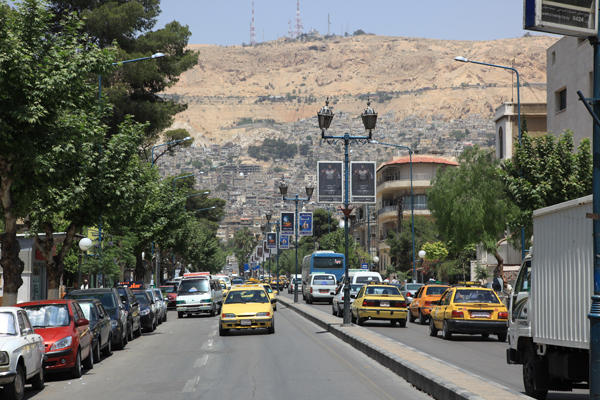Beirut/Damascus 2009

ETH Studio Basel will commence a three year project on the topics of specificity and urban typologies, focusing on cities of the Middle East. Few regions can lay claim to such a rich urban culture as the Middle East. Cities such as Damascus or Beirut belong to the oldest urban settlements in the world, their roots spanning back several millennia. Middle Eastern cities have formed the nodes of extensive trading networks and have over time developed specific models of planning. But first and foremost, they are evidence of a strong urban culture that has pushed and shaped these cities. They stand for the strong drive of city foundation and city development, that Phoenician, Persian and Muslim cultures exhibited and that have influenced fundamentally our concept and idea of the urban condition. Whereas cities like Beirut have seen many empires come and go over the time of its existence, and can therefore be said to be made up of different layers of urban heritage often coming from external cultures, other cities like Tehran have been shaped by one predominant autochthonous power, in this case the Persian Empires. Our research will begin with a comparative study of Beirut and Damascus, both marking a central position of the region. The program will later extend to Cairo, Istanbul and Tehran, i.e. cities that connect the Middle East to Africa, Europe and Asia, respectively.
The topics are:
Beyrouth - Palimpsest or Puzzle
Damascus Palimpsest
The French Mandate (Beirut)
The French Mandate City (Damascus)
Salihiye - Hilltown Damascus
The Armenian Quarters in Beirut
60's Beirut
Mezzeh - modern Damascus
"Dahiyah" - The South-Western Suburbs of Beirut
Jaramana - Refugee City
Inter War City
The Oasis City
Where does the Oil Money go? (Beirut)
Where does the Oil Money go? (Damascus)

